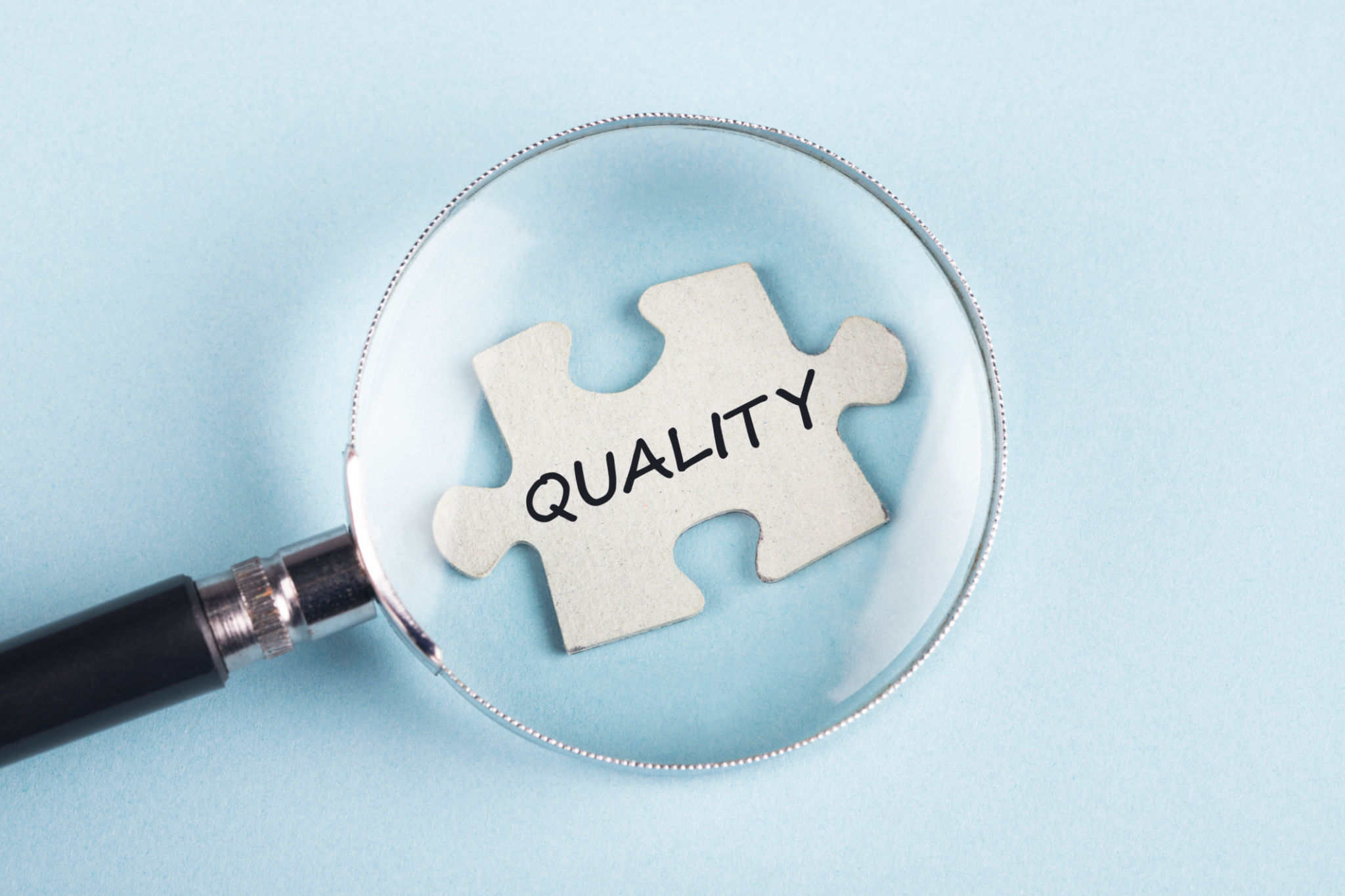Debunking Common Myths About Metal Casting
Understanding Metal Casting
Metal casting is a process that has been in use for centuries, yet it remains shrouded in myths and misconceptions. Understanding the truth behind these myths can help businesses and hobbyists alike make informed decisions about whether metal casting is suitable for their needs.

Myth 1: Metal Casting Is Only for Large-Scale Production
One common misconception is that metal casting is only viable for large-scale industrial applications. In reality, metal casting can be used for both small and large projects, making it versatile for various industries. From intricate jewelry pieces to large machinery components, the scale of production depends on the technique and resources available.
Myth 2: Metal Casting Is an Outdated Technique
Another prevalent myth is that metal casting is an outdated technology. However, the truth is that metal casting has evolved significantly over the years. Modern advancements have improved the accuracy, efficiency, and environmental impact of casting processes. The technique is continually being optimized with new materials and technology to meet contemporary demands.

Myth 3: Metal Casting Is Too Expensive
Many believe that metal casting is prohibitively expensive. While it's true that some methods can be costly, there are various techniques available that cater to different budgets. Techniques like sand casting can be more cost-effective, especially for small batches or custom designs. Moreover, the cost per unit decreases with higher production volumes, making it economical for mass production.
Myth 4: Metal Casting Produces Poor Quality Products
The quality of metal cast products often depends on the expertise of the foundry and the process used. With proper technique and quality control, metal casting can produce highly precise and durable items. Many industries rely on casting for critical parts due to its capacity to deliver consistent high-quality results.

Myth 5: It's Difficult to Find Skilled Craftsmen
Although finding skilled craftsmen might seem challenging, many educational programs and apprenticeships are dedicated to teaching metal casting. As the industry grows, so does the pool of skilled professionals. Additionally, many modern facilities employ advanced machines that reduce the need for manual labor without compromising on quality.
Myth 6: Metal Casting Is Not Environmentally Friendly
Concerns about the environmental impact of metal casting are valid, but many facilities have adopted sustainable practices. By recycling scrap metal and implementing cleaner technologies, the industry is working towards reducing its carbon footprint. Innovations like energy-efficient furnaces and waste reduction techniques are increasingly common.

In conclusion, understanding the realities of metal casting can clear up misunderstandings and highlight its potential benefits. By debunking these myths, individuals and businesses can better appreciate how this age-old process continues to evolve and contribute to modern manufacturing needs.
